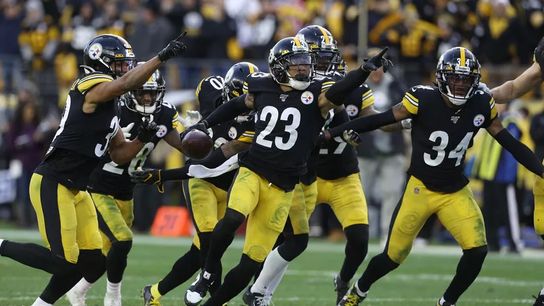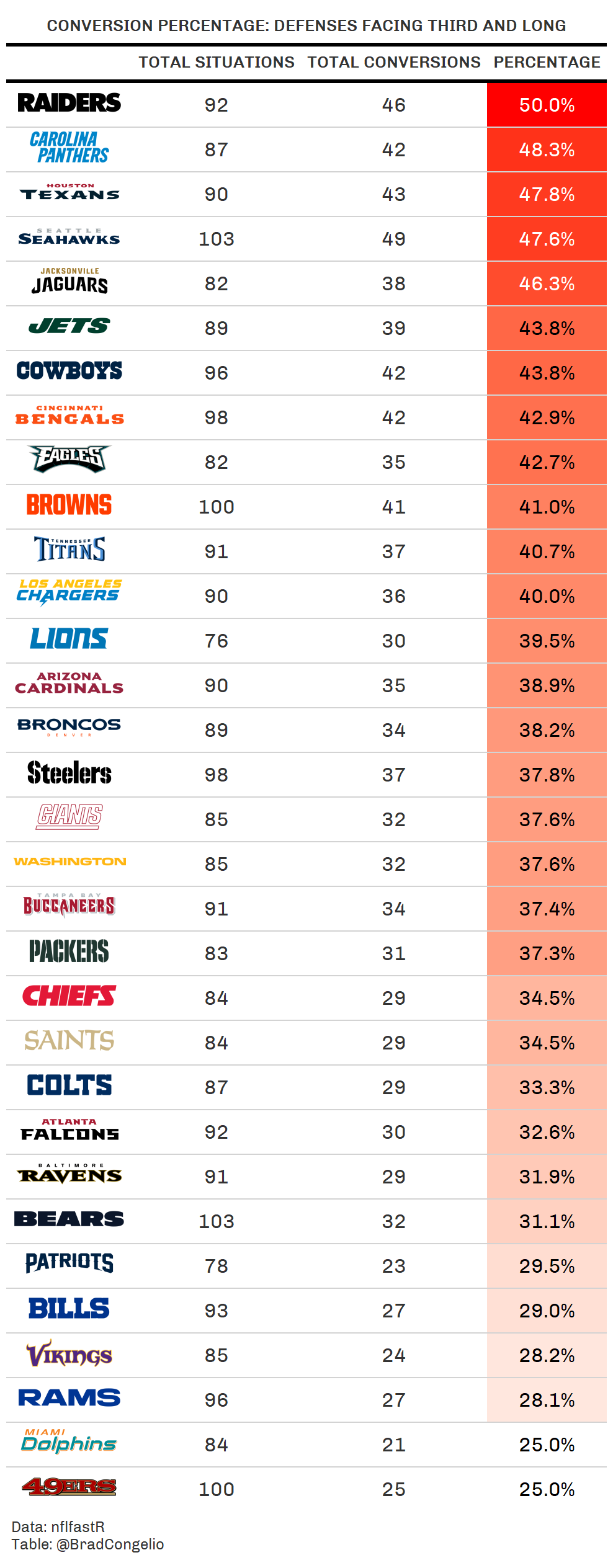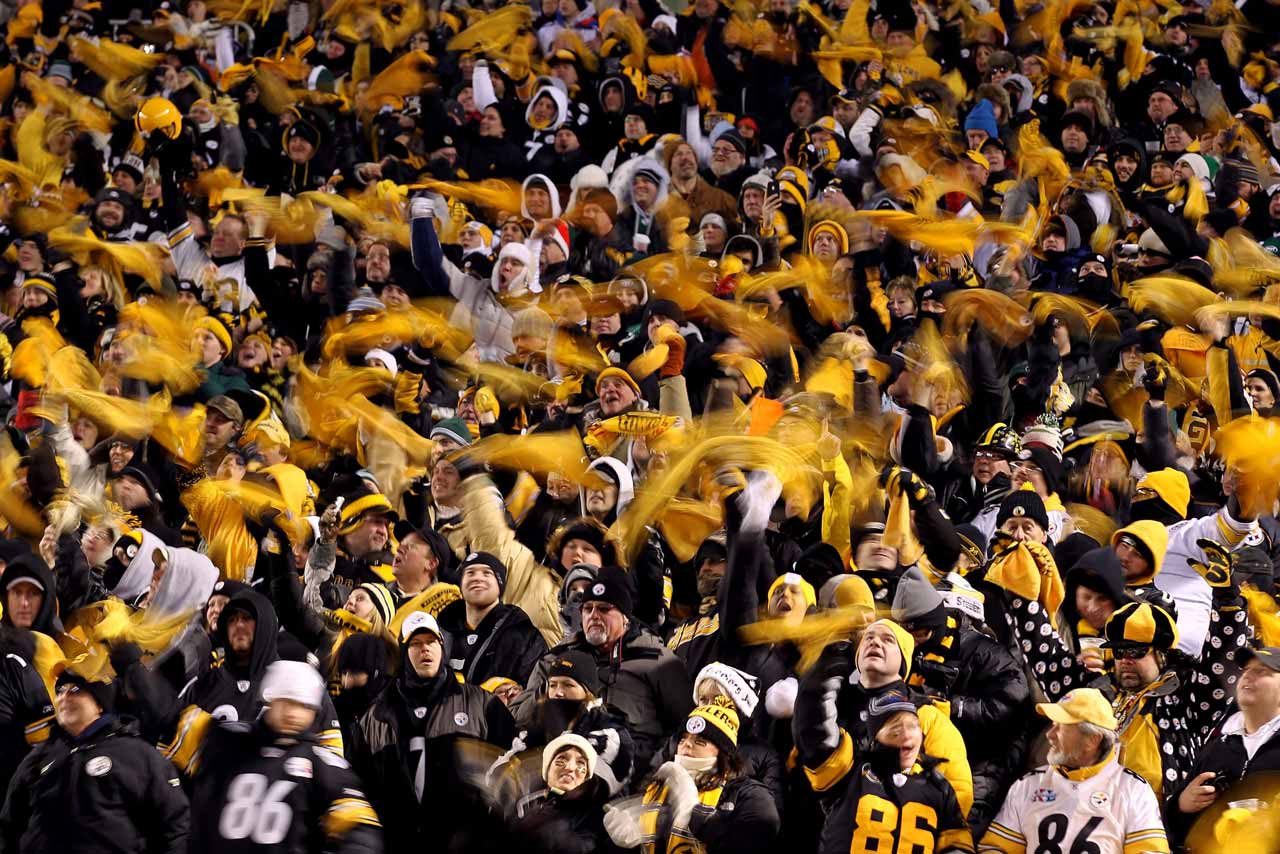The other day, I put together a graph and posted it on my Twitter that showcased how absurdly good the 2020 Pittsburgh Steelers' defense was at getting to the opposing quarterback. In under 1,000 total defensive snaps, the Steel Curtain hit the opposing quarterback 132 times. This was more hits, in fewer plays, than any other team in the National Football League.
This graph never, ever gets old.
— Brad Congelio 🏈📊🧑💻 (@BradCongelio) February 20, 2021
The 2020 @steelers defense was absolutely insane at getting to the quarterback and causing absolute chaos. Did more damage with fewer plays than all of the #NFL.@SteeIerNation @RenegadeBlitz @btsteelcurtain @RedditCFB @SBNationNFL @NFLreddit pic.twitter.com/4R81xOrfXk
Of course, there were obviously some cynics in the comments who were unimpressed by Pittsburgh's insanely good pass rush. The most spoken of concern was the defense's supposed inability to get off of the field in third-and-long situations.
Those comments got me wondering: just how bad, or good, was the Steelers' defense in stopping drives in such situations?
Of course, Pro Football Reference has a baseline advanced analytics statistic for this. The Steelers defense faced 222 third down situations during the 2020 season and allowed the opposing offense to convert the first down in 83 of those situations.
That results in just a 37.4% conversion rate, which is the fifth best in the NFL among defenses.
But, as the critics on Twitter specified, the concern is on third-and-long type plays.
Unfortunately, there is no website that keeps track of this information.
Because of that, I turn to data science to see where the Steelers stand.
third.and.long <- pbp %>%
group_by(defteam) %>%
filter(season_type == "REG") %>%
filter(down == 3 & ydstogo >= 5 & ydstogo <= 10 & play_type %in% c("run", "pass") & play == 1) %>%
summarize(
total = n(),
first.down = sum(first_down == 1, na.rm = T),
percent = (first.down / total)
)
The coding here is pretty simple.
We are first grouping by defensive unit, and then filtering out the 2020 play-by-play data to include just those plays that occurred on third-down with between 5-and-10 yards to go.
Once run, the results are as follows:
The percentage rate between all third down conversions and third-and-long situations for the Steelers hardly budges. Pittsburgh allowed the opposing offense to convert on third-and-long situations 37.8% of the time.
While it does appear that Pittsburgh is in the middle of the pack on these scenarios, which is not an optimal position, you do have to take notice of the absolute log jam in the mid-30s range. When taking that into consideration, the Steelers roughly finished around the league average on third-and-long conversions. They were certainly nowhere near as pitiful as the Las Vegas Raiders' 50% rate, nor were they as good as the insane rate that San Francisco 49ers, Miami Dolphins, or the Rams or Vikings were putting up.
In the end, while the Steelers' ability to get off the field in third-and-long situations could be better, the rate in which they did was - arguably - serviceable and not nearly as bad as some would like to argue.
#SteelerNation




